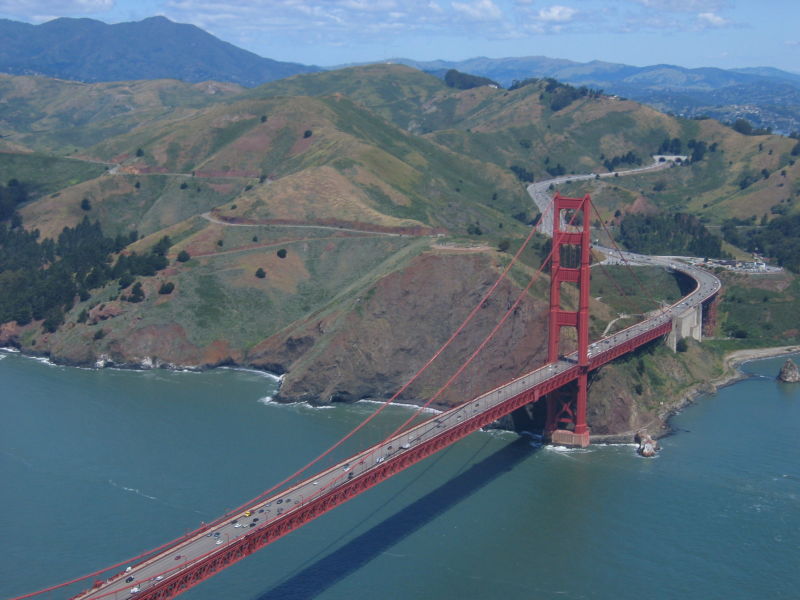Women in Marin, an affluent county, have "a whole cluster of established risk factors for breast cancer," Clarke said. These risk factors tend to go along with being more affluent: later age of childbearing, if at all, and higher alcohol consumption. White women are at slightly higher risk of developing breast cancer than are women of other races or ethnicities.
Through the 1990s, breast cancer rates for non-Hispanic white women in Marin climbed 60 percent, compared to 5 percent in other parts of the Bay Area. It reached its peak in 2001.
The rate started to fall after a major study was halted in 2002, when researchers identified a link between use of hormone replacement therapy and breast cancer. Affluent women were also more likely to use hormone therapy.
Women abandoned the hormones in droves, and the breast cancer rate started to fall, in Marin and nationwide.
But Marin county's breast cancer rate still exceeded the statewide average until a second drop started in 2007. That's what researchers can't quite account for.
Clarke said it's likely due to a host of reasons -- perhaps women are exercising more or losing weight, two other factors that reduce risk of breast cancer. It's also possible women are consuming less alcohol, she said.
One factor they know is not responsible: the change in mammography screening guidelines. In 2009, a major government panel, the U.S. Preventive Services Task Force, recommended women have fewer mammograms. Researchers found no evidence that this recommendation has led to less breast cancer being found, in part because the incidence of ductal carcinoma in situ -- or DCIS -- is increasing.
"The increased incidence of in situ cancer suggests a decline in mammography screening likely is not a key factor contributing to the decline in invasive breast cancer in Marin County," Dr. Karly Kerlikowske, a UCSF epidemiologist said in a release.
Whatever the reason, "We're really happy to see things trending in the right direction," Clarke said. "We're obviously delighted to tell women in Marin County that the rates are similar to the rest of the state."
Since 2001, the breast cancer rate in Marin has dropped 31 percent. Mortality has also sharply declined. Since record-keeping began in 1988, the death rate from breast cancer has dropped 65 percent.
An interesting footnote: Clarke said that monitoring incidence rates is based on county-level census data. It's highly likely, she said, that similarly affluent areas in California, like Palo Alto or West LA, might have had the same pattern of a higher rate -- fueled at least in part by hormone therapy -- and the decline that Marin has seen.
